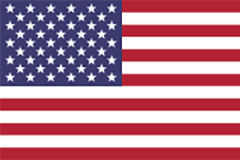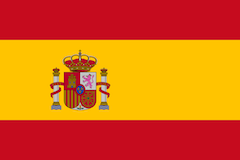In February 1943, newspapers in Arequipa in southern Peru reported that residents in a small village had discovered an ancient “burial ground” in a field where the Ocoña and Churunga Rivers meet not far from the Pacific coast. The site became known as Corral Redondo, probably in reference to the three concentric circular walls, each about three feet high and built of rough fieldstones, that were its most prominent architectural feature. The reports stated that in the course of one night early that month the villagers dug up an unknown number of mummy bundles, which they burned immediately, and many offerings, among them miniature objects and male and female figurines in gold and silver of the kind deposited in shrines by the Inca in the late 15th and early 16th centuries. The most spectacular objects excavated that night, however, had been created by the Wari people many hundred years earlier: eight monumental ceramic jars, each three to four feet tall, that together contained 96 large, rolled-up feathered panels. A total of more than 160 objects were recovered at Corral Redondo, which the villagers divided among themselves and quickly sold. Eventually, the authorities were able to recover most of the objects, while others were sold on the international art market. Today the vast majority are in museum collections in Peru, the United States, and Europe.
Between 7th and 10th centuries CE, the Wari people created what many scholars believe was South America’s first empire, surpassed in influence and scope only by the better-known Inca in the late 15th and 16th centuries. The Wari heartland was in the Andes mountains of Peru, where they built impressive architecture at their capital, also known as Wari, near the modern town of Ayacucho, and at several provincial centers. Gifted engineers, they are thought to have connected these centers with road networks that the Inca later expanded; through labor-intensive agricultural innovations, such as terracing and irrigation, they transformed the dry highlands into fertile land. The Wari also forged strong connections with peoples in the prosperous valleys of the Pacific coast, an arid desert region where many Wari and Wari-influenced artworks have been found in tombs and offerings. The feathered panels in this exhibition are among these works.
Feathers, particularly those from colorful birds, were a highly valued material in ancient Peru, and featherwork was likely one of the most treasured of Wari art forms, which also included other types of fine textiles, meticulously crafted polychrome ceramics (as can be seen in the examples included here), exquisite personal ornaments made of precious materials, and small-scale sculpture. Such portable luxury goods were markers of wealth and power, and, because the Wari, like other ancient Andean peoples, did not use a writing system, they also played an important role in expressing, recording, and preserving concepts about the human, natural, and supernatural realms.









